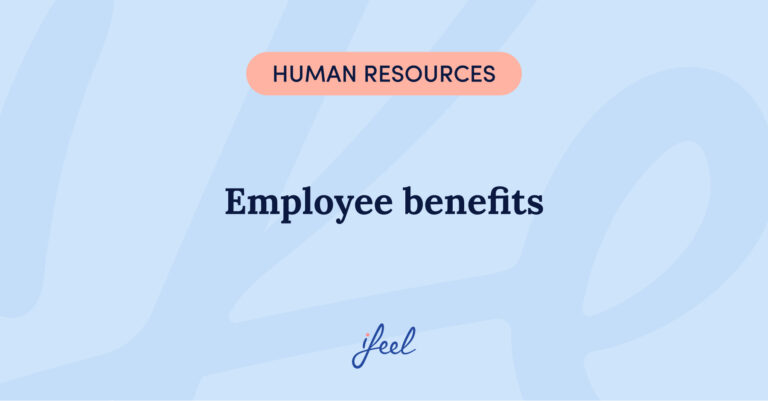Staff turnover within a company, also known as employee turnover, is one of the most critical metrics any HR department measures. If it is very high, it is a clear indicator that something is wrong with the company’s performance: it is clearly not doing what it should be doing to avoid talent drain. If it is low, it is usually considered an indicator that the company can attract and retain talent. However, some people do not consider zero employee turnover positive since it is associated with a rigid or immobile workforce.
What is staff turnover?
Staff turnover is the ratio of the number of employees joining the company to the number of employees leaving it. It is calculated quantitatively with what is known as the turnover rate.
There are several types of employee turnover within a company. The definition we have just provided refers to one of them: the one known as external turnover (when employees who leave the company do so to continue working in another organization).

However, there is also internal turnover, in which mobility occurs between different roles within the same company. Natural employee turnover refers to when the company loses employees due to the retirement or death of its team members.
Probably the most critical difference between external and internal employee turnover and natural employee turnover is that in the first two types, the company can design strategies to intervene in them and manage them in an efficient and relatively controlled manner. Companies have little or no control over their occurrence in the third type (natural employee turnover).
How to analyze staff turnover
Staff turnover is one of the most relevant HR KPIs. In other words, no company wants to get rid of its employees unnecessarily, especially those who show a good level of performance and autonomy at work.
Therefore, it is vital to conduct a quantitative and qualitative analysis of the causes of external turnover through statistics that provide an up-to-date turnover rate and compelling, well-designed exit interviews. These must be based on powerful questions and on the interviewer’s ability to create a climate of trust that encourages honesty in the answers and, therefore, their usefulness to the company.
Staff turnover analysis should not be carried out as a pointless exercise (knowing for the sake of knowing) but rather to use the information, interpreting it appropriately. This is the only way to correct an alarming turnover rate that generates an excessive expenditure of resources for the company, especially when replacing the departing employee requires a lot of time. It will also serve to reduce the employee turnover rate. This will make it possible to draw practical conclusions concerning three key aspects:
1. Rotating employees‘ profile
The company should have as much information as possible about the profile of the employees who tend to leave the company. Are they of a certain age, from a particular department, with a certain level of training or status within the company? This way, they can determine possible patterns that make it easier for the HR department to take preventive action.
2. Leading causes of staff turnover
It is not enough to measure staff turnover through a mathematical formula. It is essential to investigate the reasons that produce it. In successive performance evaluation interviews, this is information that can only be given by those who leave (if they have not already given it before).
3. Relationship between employee turnover and employee life cycle
HR departments need to go into even more detail in their turnover assessments and find out when workers tend to leave the company in the employee life cycle. Is it in the first few months after hiring, after the first year, when they have been with the company for an average of X years when they have been with the company for X years? This will have an evident influence on the selection process of future candidates.
These are just a few aspects that can be evaluated about staff turnover. However, the more sophisticated the company’s research tools are and the better they are applied, the more factors can be analyzed in terms of what the company needs to know to keep its turnover at optimal levels.

Emotional well-being program for companies
We hope this post about staff turnover has provided you with interesting ideas that can be applied to your team. If you would like more information about our emotional well-being program for companies, request it, and we will contact your team as soon as possible.
At ifeel, we strive to ensure that our professional life is at the service of our health. Our team of psychologists, experts in well-being at work, has created an emotional well-being program for companies that improves talent retention, reduces absenteeism, and combats employee stress.
Take a look at our Resources section: we have added valuable material such as Podcasts, HR Guides, and Interviews with HR leaders. In addition, you have at your disposal a Psychosocial Risk Factors Template, which you can use to comply with the requirements of the Labor Inspectorate.
Thanks to our emotional well-being program, your HR managers can receive personalized, data-driven advice on improving the psychological well-being of their teams. In addition, this program offers employees a 360° mental health care service structured at different levels according to their needs. Try our program today to see how it could help you.











